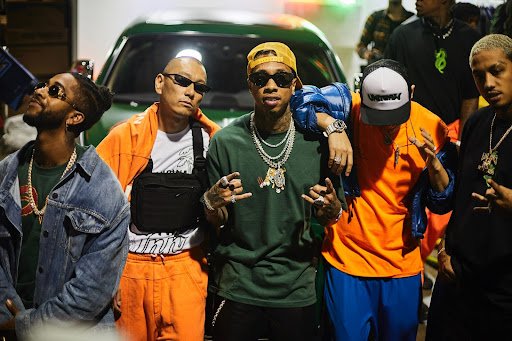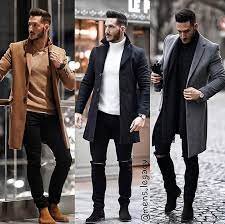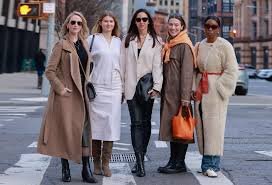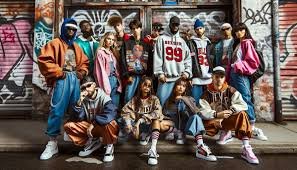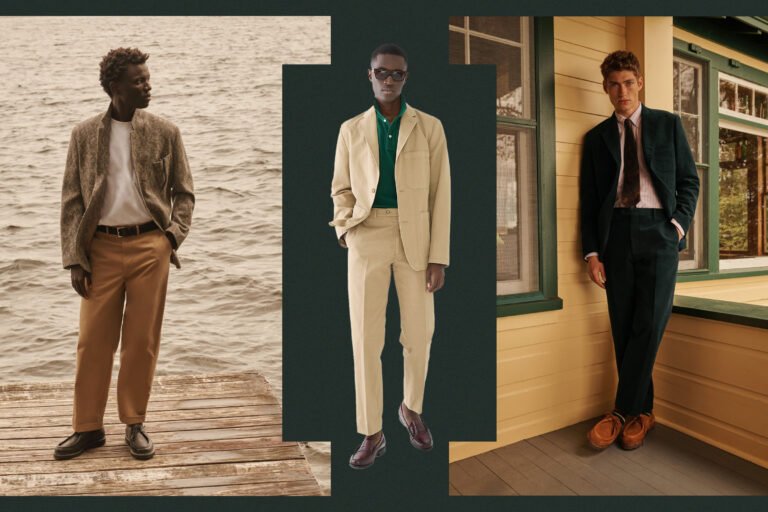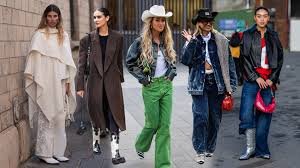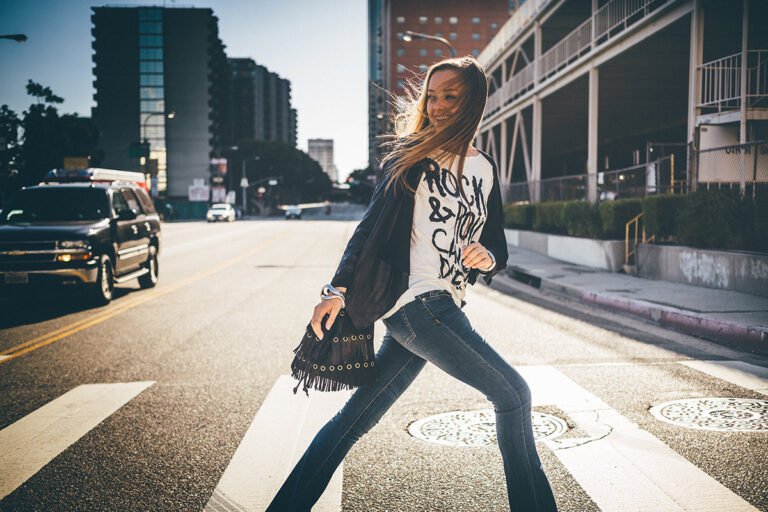Hip-Hop Fashion: A Cultural Evolution
Introduction
Hip-hop fashion is more than just clothing; it is a cultural statement, a lifestyle, and an art form that has influenced the world for decades. Emerging in the 1970s alongside the birth of hip-hop music, this style of dress has transformed significantly over time, reflecting changes in society, music, and individual expression. Hip-hop fashion is deeply rooted in self-identity, rebellion, and creativity, with influences ranging from the streets of New York City to high-end fashion runways across the globe.
Thank you for reading this post, don't forget to subscribe!Origins of Hip-Hop Fashion
The origins of hip-hop fashion can be traced back to the Bronx in the 1970s, where hip-hop music first gained popularity. Early pioneers of the genre, such as Grandmaster Flash and the Furious Five, embraced a street-style aesthetic that combined functional clothing with bold accessories. Adidas tracksuits, Kangol hats, and shell-toe sneakers became staples in the wardrobe of many hip-hop artists and fans alike.
During this era, hip-hop fashion was heavily influenced by the urban lifestyle. Many individuals sought to create unique looks by mixing different elements of streetwear with designer pieces. The influence of African-American and Latino culture played a significant role in shaping the aesthetic, with bold colors, oversized silhouettes, and statement jewelry becoming prominent features.
The 1980s: The Rise of Streetwear
The 1980s marked the explosion of hip-hop culture into mainstream society, leading to the development of streetwear brands that catered specifically to the community. Artists like Run-D.M.C. helped popularize Adidas sneakers, famously signing a groundbreaking endorsement deal with the brand. The trio’s signature look—leather jackets, gold chains, and fedora hats—became iconic, setting trends that would be replicated across the globe.
The influence of sportswear also became evident during this period, with brands like Nike, Puma, and Fila gaining popularity among hip-hop enthusiasts. Basketball culture, particularly the rise of Michael Jordan, contributed to the widespread adoption of Air Jordans, making sneakers an essential component of hip-hop fashion.
Additionally, the 1980s saw the emergence of hip-hop labels creating their own clothing lines. Acts like LL Cool J and Public Enemy embraced styles that blended military-inspired attire with politically charged messages. This period solidified hip-hop fashion as a medium of self-expression and resistance against societal norms.
The 1990s: The Golden Age of Hip-Hop Fashion
The 1990s is often considered the golden age of hip-hop, and its fashion mirrored the genre’s growth and diversification. Baggy clothing, oversized jeans, and branded sportswear became defining elements of the decade. Tommy Hilfiger, Polo Ralph Lauren, and Nautica became go-to brands, thanks in part to artists like Tupac Shakur, The Notorious B.I.G., and Nas incorporating them into their wardrobes.
This era also witnessed the rise of independent hip-hop fashion brands such as FUBU (For Us, By Us), Karl Kani, and Phat Farm. These brands were created by and for the hip-hop community, empowering individuals to embrace their culture while making a statement through fashion.
The influence of hip-hop fashion also extended to accessories. Large gold chains, diamond-studded watches, and designer sunglasses became status symbols, reflecting success and wealth. Hip-hop artists were no longer just musicians; they were trendsetters and cultural icons.
The 2000s: Bling Era and Designer Influence
The early 2000s ushered in the “bling era,” characterized by extravagant jewelry, designer clothing, and an emphasis on opulence. Artists like Jay-Z, 50 Cent, and Lil Wayne popularized luxury brands such as Gucci, Louis Vuitton, and Prada. Custom grills, oversized belt buckles, and fur coats became staple items in the wardrobes of many hip-hop artists.
During this time, hip-hop fashion became more diverse, with regional styles emerging. The Southern hip-hop scene, led by artists like OutKast and T.I., introduced a mix of urban streetwear and preppy aesthetics. Meanwhile, the West Coast maintained its affinity for Dickies, Chuck Taylors, and bandanas, reflecting the influence of gang culture.
Hip-hop artists also began launching their own clothing lines, further cementing their impact on fashion. Brands like Sean John (by Diddy), Rocawear (by Jay-Z), and G-Unit Clothing (by 50 Cent) became highly successful, merging street style with mainstream appeal.
The 2010s: The Era of High Fashion and Streetwear Fusion
By the 2010s, hip-hop fashion had evolved into a fusion of high fashion and streetwear. Luxury brands started embracing hip-hop culture, collaborating with artists and influencers to create exclusive collections. Kanye West played a pivotal role in this shift, launching his Yeezy brand in collaboration with Adidas. The Yeezy sneakers became a cultural phenomenon, selling out within minutes and redefining sneaker culture.
Virgil Abloh, the founder of Off-White and the artistic director of Louis Vuitton’s menswear division, played a significant role in bridging the gap between hip-hop and high fashion. His designs incorporated streetwear aesthetics with luxury craftsmanship, appealing to a global audience.
The rise of social media also contributed to the democratization of hip-hop fashion. Platforms like Instagram and TikTok allowed emerging designers and influencers to showcase their styles, making fashion more accessible than ever before. Streetwear brands such as Supreme, Bape, and Fear of God gained immense popularity, blurring the lines between underground fashion and mainstream trends.
The 2020s and Beyond: The Future of Hip-Hop Fashion
As hip-hop fashion continues to evolve, sustainability and inclusivity have become key focal points. Many artists and brands are embracing eco-friendly materials and ethical production practices to align with changing consumer values. The rise of gender-fluid fashion has also become evident, with artists like Lil Nas X and Jaden Smith challenging traditional norms and promoting self-expression through clothing.
Additionally, collaborations between hip-hop artists and fashion houses have become more frequent. From Travis Scott’s partnerships with Nike and Dior to Cardi B’s collaborations with Balenciaga and Reebok, the influence of hip-hop on the fashion industry is undeniable.
Technology is also playing a role in shaping the future of hip-hop fashion. Virtual fashion shows, NFTs, and digital clothing are emerging trends that could redefine how fashion is consumed and experienced in the coming years.
Conclusion
Hip-hop fashion has come a long way from its humble beginnings in the Bronx to becoming a dominant force in the global fashion industry. It has continually evolved, reflecting changes in music, culture, and society. What started as an expression of individuality and rebellion has transformed into a multi-billion-dollar industry that shapes mainstream fashion trends worldwide.
As hip-hop continues to push boundaries and redefine style, one thing remains certain—its influence on fashion is here to stay. Whether through streetwear, high fashion, or futuristic innovations, hip-hop fashion will continue to serve as a powerful means of self-expression, creativity, and cultural significance for generations to come.
